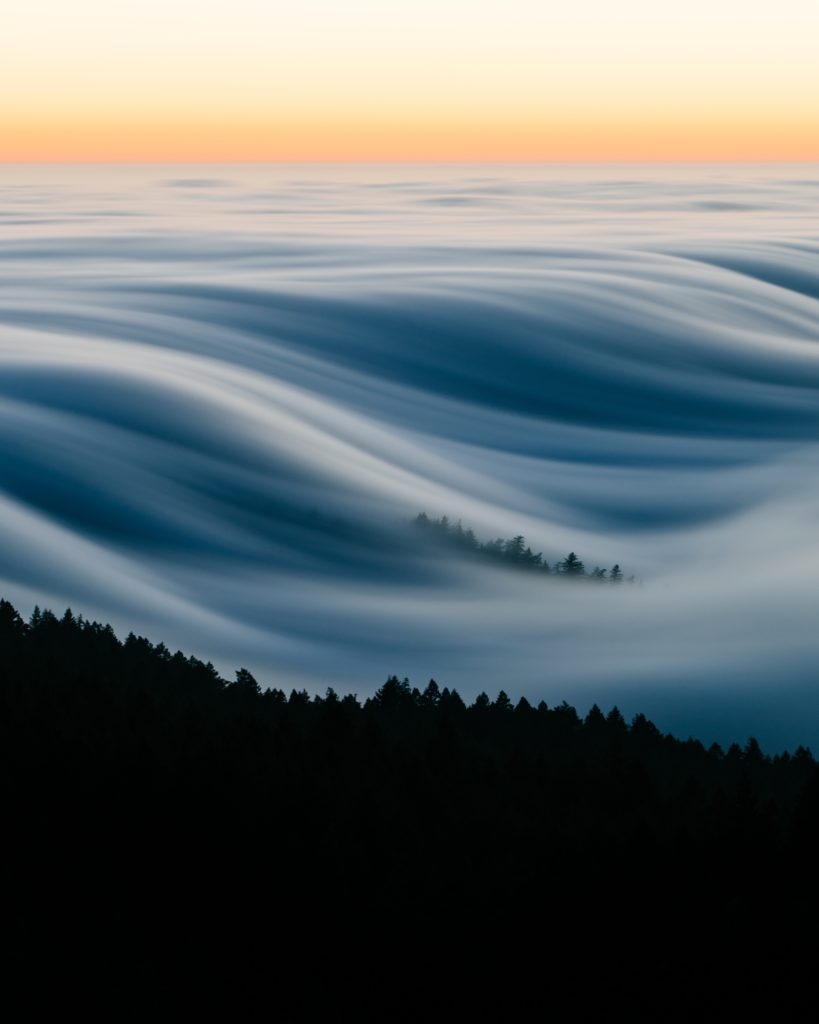Exploring a Sustainable Path: Redefining Our Relationship with the Planet
Welcome to Cool HIve, your go-to resource for staying informed about the latest technologies and strategies available to prevent a climate catastrophe. Our mission is to guide you in taking simple yet impactful steps towards embracing a low-carbon lifestyle with style, all in an effort to “Make The Planet Cooler” and safer for current and future generations of all species. By following this guide, you can not only improve your own health but also make reducing carbon emissions a fun and engaging experience for your entire family. Together, we can protect ourselves, our loved ones, and the planet we call home.
In the wild, species have evolved to coexist harmoniously with their environment, free from the shackles of obesity, diabetes, and heart disease. They thrive without polluting the air, devastating the land and water, or generating toxic waste. Their actions are not driven by greed but rather by the intricate balance of natural systems. As a species, we face the same fundamental challenge of coexistence. However, the path we have forged through ingenuity and design, often without considering the interconnectedness of the whole system, has led to widespread disarray in our world. The wildland-urban interface in Marin County stands as a prime example of this intricate relationship, demanding that we become stewards of the entire system, not just the financial aspects. To continue reaping the benefits of this unique interface, we must undergo a fundamental redesign of our economies, culture, and values, ensuring our survival and prosperity. After all, currency holds little value without the presence of fresh air and water. It is my hope that we are on the cusp of a restorative economy, where financial success is intertwined with the preservation of our crucial natural systems. Our current consumer culture poses threats to the atmosphere, water sources, countless species, and ultimately ourselves. It is an unsustainable model that often engenders feelings of overwhelm and despair. However, this guide is here to empower you to address these challenges proactively with simple yet effective steps.
Conscious decision-making in our everyday lives not only improves our personal well-being but also contributes to a healthier and happier home environment. The imperative to reduce our carbon emissions has never been more pressing, and fortunately, it is becoming increasingly feasible. The solutions to this public health challenge exist, and we are here to share them with you. Marin County serves as a trendsetter for a world that is safer for everyone, embracing a vision where humanity reevaluates its cultural assumptions. While we have made some progress in transitioning towards clean energy systems, collective participation is crucial to safeguard future generations from the detrimental impacts of climate change and environmental degradation. Ultimately, our species should be defined not by greed but by our ability to coexist harmoniously with the natural world. We currently find ourselves at a critical juncture, with a unique window of opportunity to adjust our course and set sail in the right direction. It is a call for unity, requiring each and every one of us to contribute. What we do in our daily lives matters, as our actions and purchases carry significance. Marin County boasts a community of passionate environmental advocates, and our actions here serve as a precedent for others to follow. Coexistence serves as a testament to our intelligence and capacity as a species to thrive. We are inextricably interconnected with one another, with nature, and with our atmosphere. My hope is that each positive step we take will pave the way for further progress, eventually culminating in a sea change—a collective transformation fueled by the accumulated knowledge and actions flowing through the tributaries of change within our local watershed.
Stay Cool,
Daisy Carlson
Founder of Cool Hive
